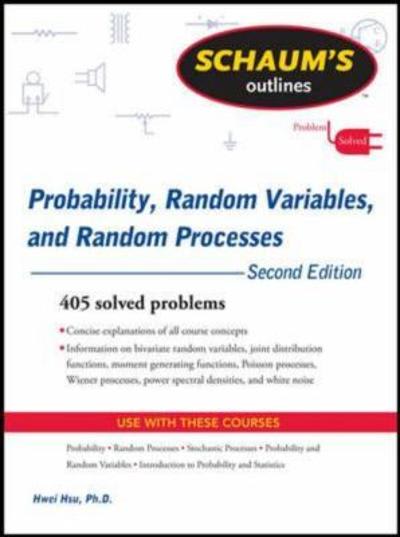I have ask 3 tutors and no one seems to be able to help me step by step with explication so I will be able to enter it on my laptop and not just give me the answers
Steps to Complete for the Problem Set Step 1: SPSS spreadsheet 1. Put the data into SPSS (data view) . You will need one column per combination of IVA levels by IVB levels (i.e., if IVA had 3 levels and IVB had 2 levels then you would have 6 columns) with the dependent variable (SCORES) in the rows. 2. Variable view name the variables o label the variables o set the number of decimal places to match the data set the measure correctly 3. Use the snipping tool to paste Variable View & Data View into Microsoft Word Step 2: SPSS Factorial ANOVA 1. Run the analysis of variance for repeated measures (including partial eta squared as the measure of effect size, estimated marginal means, and the descriptive statistics). o Note: no post hoc tests will be required because we will only be dealing with 2 x 2 designs. 2. Tips when analyzing (after data is already input into SPSS) the data (these will be confusing until you watch the video) You will name and identify the number of levels for each IV that is a repeated measure/within independent variable. Ensure that you move the variables from the left window into the Within- Subjects Variables box in the correct order. SPSS will run even if you do this step incorrectly, but your output will all be wrong. Pay attention to the words in parentheses just above the window you are moving the levels into. Then look at the numbers in parentheses in the window [e.g. (1,1)]. That represents level 1 of IVA and level 1 of IVB. You have to ensure you get the correct levels inline when you move them into the Within-Subjects Variables box. Depending on the version of SPSS you are using some of the required boxes to check shown in the videos linked under content will be under different tabs than the video shows. For example, the Descriptive Statistics and Effect Size tables in some versions are under Options and in newer versions under EM Means. All the options are there, but SPSS moves them around a bit depending on the version. 3. Use the snipping tool/export from SPSS the appropriate tables into Microsoft Word. Step 3: Excel Line Graph 1. Using Microsoft Excel, create a line graph of the dependent variable means by level of independent variable. For the graph, you are using the Interaction mean, and sd for the four groups (IVA levels by IVB levels) are in the Descriptive Statistics table in row with level names. The description below the video showing how to graph explains where the data is at in your output that you will use to make the graph. o Y-axis starts at 0. o Title both the x & y-axis based on the scenario. You should not have a title above the graph. o Include a legend. o You do not have to include error bars. 2. Copy the line graph into Microsoft Word Step 4: APA write up 1. APA format factorial ANOVA write up for the problem set, written in Microsoft Word







